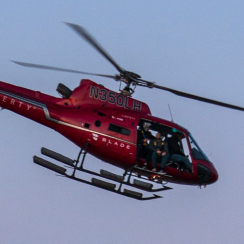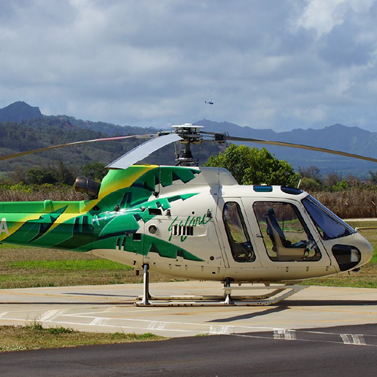By establishing an effective safety management system (SMS) and creating a safety culture aimed at making safety a focus first and always, operators will improve aviation safety and reduce the risk of accidents.
An SMS is a formal, top-down, organization-wide approach to managing safety risk and assuring the effectiveness of safety risk controls. An SMS should address four components: safety policy, safety risk management, safety assurance, safety promotion. It can be scalable to the size and complexity of operations, yet too many operators either do not have one in place or have an ineffective one.
In 2015, the Federal Aviation Administration (FAA) required commercial airliners to develop a comprehensive SMS to improve safety for the flying public. Yet the FAA has not required other revenue passenger-carrying operators to have one.
Although we have seen some voluntary adoption of SMS programs, a vast majority of operators continue operating without an SMS in place. It’s time more got on board. The risk to the flying public is too great not to.
Lessons Learned: NTSB Investigations
The following accidents best exemplify why this safety improvement is needed.
 Collision with Terrain Hageland Aviation Services, Inc. dba Ravn Connect Flight 3153 Cessna 208B, N208SD
Collision with Terrain Hageland Aviation Services, Inc. dba Ravn Connect Flight 3153 Cessna 208B, N208SD
Togiak, AK | October 2016
 Departure From Controlled Flight Trans-Pacific Air Charter, LLC, Learjet 35A, N452DA
Departure From Controlled Flight Trans-Pacific Air Charter, LLC, Learjet 35A, N452DA
Teterboro, NJ | May 2017
 Inadvertent Activation of the Fuel Shutoff Lever and Subsequent Ditching Liberty Helicopters Inc., Operating a FlyNYON Doors-Off Flight Airbus Helicopters AS350 B2, N350LH
Inadvertent Activation of the Fuel Shutoff Lever and Subsequent Ditching Liberty Helicopters Inc., Operating a FlyNYON Doors-Off Flight Airbus Helicopters AS350 B2, N350LH
New York, NY | March 2018
 Crash During Nonprecision Instrument Approach to Landing Execuflight Flight 1526 British Aerospace HS 125-700A, N237WR
Crash During Nonprecision Instrument Approach to Landing Execuflight Flight 1526 British Aerospace HS 125-700A, N237WR
Akron, OH | November 2015
 Collision into Terrain Safari Aviation Inc. Airbus AS350 B2, N985SA
Collision into Terrain Safari Aviation Inc. Airbus AS350 B2, N985SA
Kekaha,HI | December 2019
Stats to Know
30 out of 1,940
certificate holders authorized to conduct Part 135 operations have an FAA-accepted SMS; 165 others have applied for FAA acceptance (Source: FAA)
5
Times NTSB has reiterated SMS recommendation to the FAA
Our Solutions . . . Take Action Now!
SMSs can improve safety and, if required by the FAA, provide an effective means of ensuring a culture of safety. Operators and states shouldn’t wait for regulations; they should implement an SMS now.
Regulators should:
- Require all 14 Code of Federal Regulations (CFR) Part 135 operators and all commercial air tour operators, regardless of their operating rule, and all Part 91 revenue passenger-carrying operators to establish SMS programs.
- Require all 14 CFR Part 135 operators to install flight data recording devices capable of supporting a flight data monitoring program and require operators to establish a structured flight data monitoring program that reviews all available data sources to identify deviations from established norms and procedures and other potential safety issues.
Operators should:
- Implement an SMS program that includes effective risk management practices, such as establishing an SMS under the FAA SMS voluntary program that includes compliance with Advisory Circular 120-92B, “Safety Management Systems for Aviation Service Providers.”
- Participate in the FAA’s safety management system voluntary program.
- Establish a culture that fosters and promotes the successful implementation and administration of a successful SMS.
States, territories should:
-
Develop and implement a comprehensive SMS for aircraft operations
See our specific detailed
recommendations.
Updated December 23, 2022
